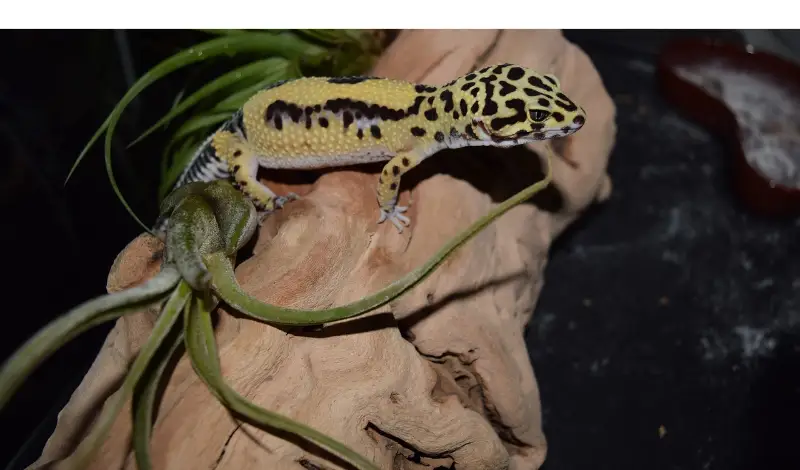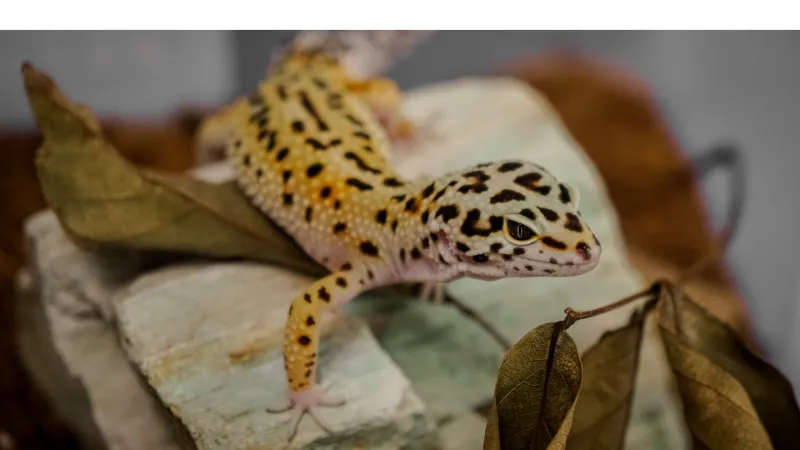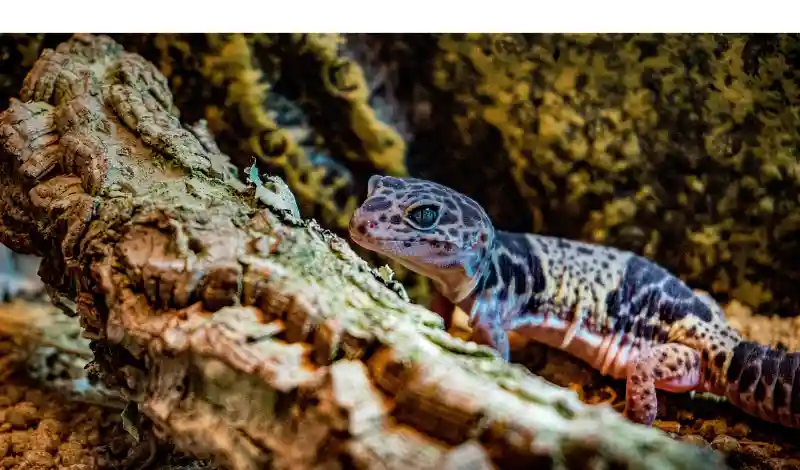Ever wondered about the differences in behavior between male and female bearded dragons?
Well, you’ve come to the right place! In this blog post, we’ll be exploring the 7 behavior differences between male vs female bearded dragons. From aggression to social interactions, we’ve got you covered.
So, let’s dive right in!
What are the Behavioral Differences Between a Male and Female Bearded Dragon?
Here are the seven (7) distinct differences between the two.
1. Aggressiveness and Dominance
Male bearded dragons tend to be more aggressive and dominant than their female counterparts. They often display this behavior when establishing their territory or asserting their dominance over other dragons.
They may show signs of aggression, such as puffing out their beard, hissing, or even nipping.
On the other hand, female bearded dragons are usually more docile and less prone to aggression. They can still display territorial behavior, but it’s generally less intense compared to males.
However, it’s important to note that individual temperament varies, so there may be exceptions to this general rule.
2. Mating Behavior
Curious about how male and female bearded dragons interact during mating? Let’s take a closer look!
Males are usually the initiators when it comes to mating. They often display courtship behaviors such as head bobbing, beard darkening, and circling the female.
Males may also exhibit increased aggressiveness during this time as they attempt to assert their dominance and secure a mate.
Females, on the other hand, are generally more passive during the mating process. They may signal their receptiveness to the male’s advances by raising their tail or responding with their own head bobs and arm waves.
A female who is not interested in mating might display aggressive behaviors or try to escape the male’s pursuit.
3. Territorial Displays
Wondering how male and female bearded dragons establish their territory? Let’s find out!
Males are more territorial than females, often marking and defending their space from other bearded dragons. They display various behaviors to assert their dominance, such as puffing out their beard, head bobbing, and even biting.
Additionally, males may become more aggressive if another male enters their territory.
Females can also be territorial, but they generally exhibit milder behaviors when compared to males. They might display subtle signs of dominance, like head bobbing or puffing out their beard, but these actions are usually less intense.
Female bearded dragons can coexist more peacefully with other females in the same enclosure, but it’s still essential to monitor their interactions closely.
4. Head Bobbing and Arm Waving
Head bobbing and arm waving are two fascinating behaviors observed in bearded dragons. But how do these actions differ between males and females?
Male bearded dragons frequently engage in head bobbing, which is a swift up-and-down movement of the head. This behavior is a sign of dominance and is often used to establish a hierarchy or attract a mate.
The intensity and frequency of head bobbing in males tend to be higher than in females.
Female bearded dragons also display head bobbing, but it’s generally slower and less intense than in males. They may use this behavior to show submission to a more dominant dragon.
On the other hand, arm waving, which involves raising one front leg and moving it in a circular motion, is more common in females. This action is typically a sign of submission or a friendly gesture towards another bearded dragon.
5. Digging and Nesting
When it comes to digging and nesting, male and female bearded dragons exhibit different behaviors. Let’s explore them!
Males occasionally engage in digging behavior, mainly when they’re trying to create a hiding spot or regulate their body temperature. However, it’s not as common as it is in females.
On the other hand, female bearded dragons exhibit more digging and nesting behavior, especially when they’re gravid (carrying eggs). They’ll create a suitable nesting site by digging a deep burrow, where they will lay their eggs.
It’s crucial to provide a proper substrate and a suitable area for nesting if you have a gravid female bearded dragon in your care.
6. Social Interaction
Curious about the social interaction differences between male and female bearded dragons? Let’s take a look!
Males are generally more assertive and dominant in social situations. They often engage in territorial displays and may become aggressive when encountering other males.
It’s best to house male bearded dragons separately to avoid conflicts, as cohabitation may lead to stress, injuries, or even death.
Females are usually more tolerant of other bearded dragons, especially other females.
They can sometimes be housed together with proper supervision, but monitoring their interactions and providing enough space, hiding spots, and basking areas to minimize competition for resources is important.
Keep in mind that housing a male and female together may result in breeding, so it’s essential to consider this before deciding on cohabitation.
7. Size and Growth
Male and female bearded dragons differ in size and growth rates. Here’s what you need to know:
Males generally grow larger and heavier than females. They also have wider heads and larger, more pronounced femoral pores (used for releasing pheromones).
Male bearded dragons tend to have broader and thicker tails, which help accommodate their hemipenes (reproductive organs).
Females are usually smaller and have narrower heads compared to males. They also have smaller femoral pores and a slimmer tail base. How do you tell the difference between a male and a female bearded dragon?
Pay attention to the femoral pores and the shape of the tail base, as these are the most reliable indicators of their sex.
Conclusion
Now that you’re well-versed in the behavioral differences between male and female bearded dragons, you can better understand and care for these fascinating creatures.
Remember that individual personalities may vary, so observing your bearded dragon’s behavior and responding accordingly is essential. Happy dragon parenting!
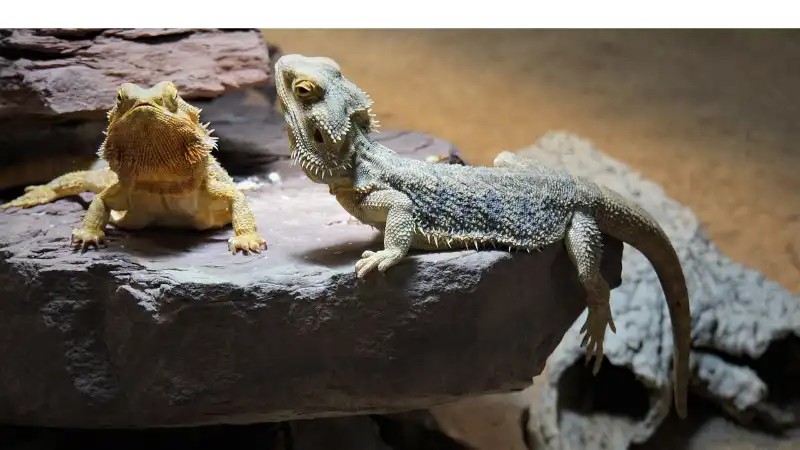
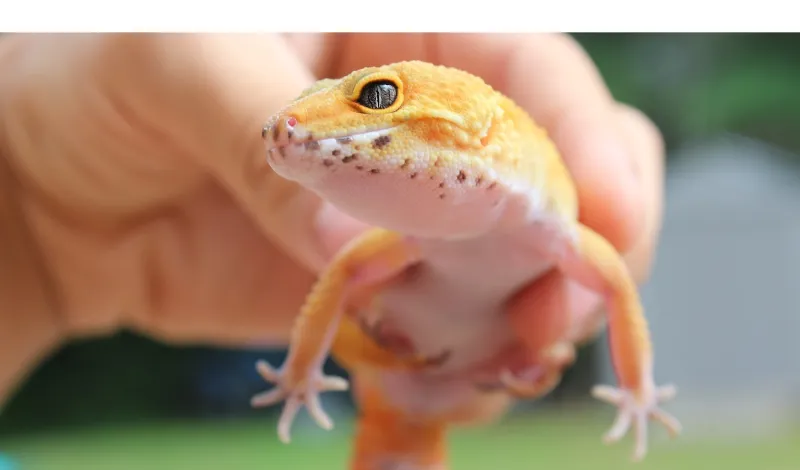
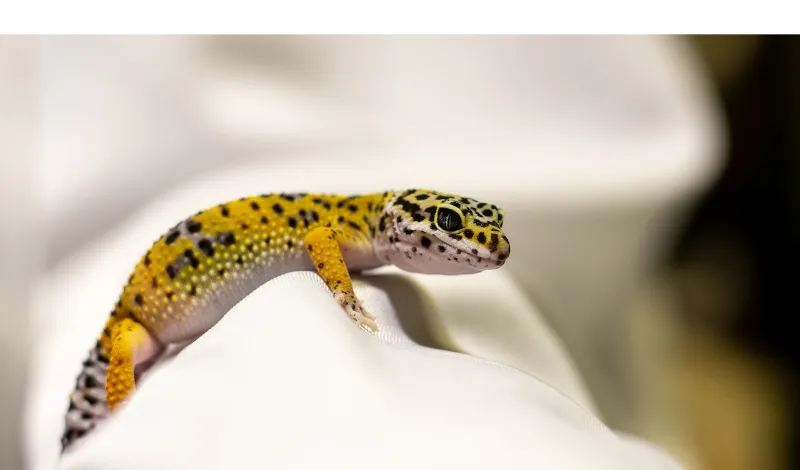
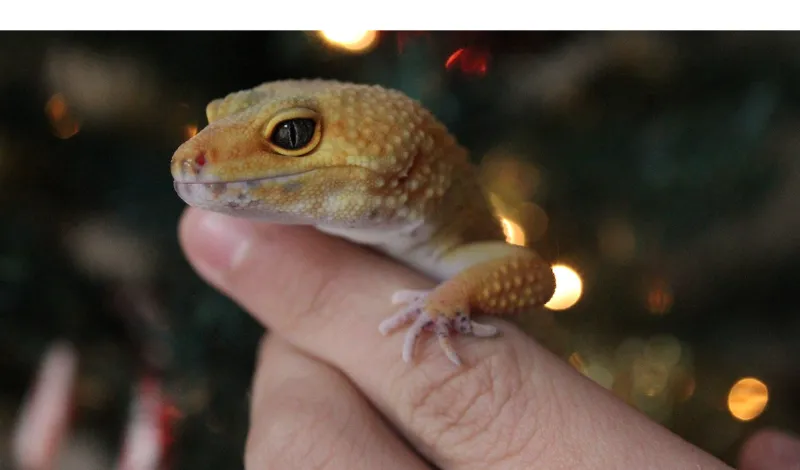
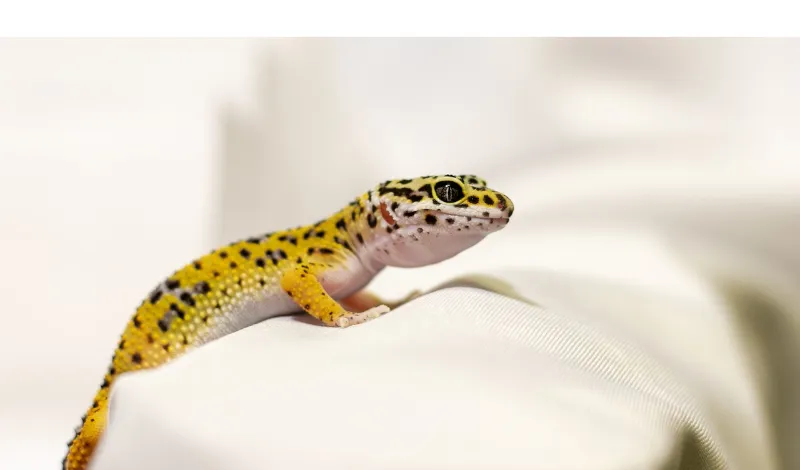
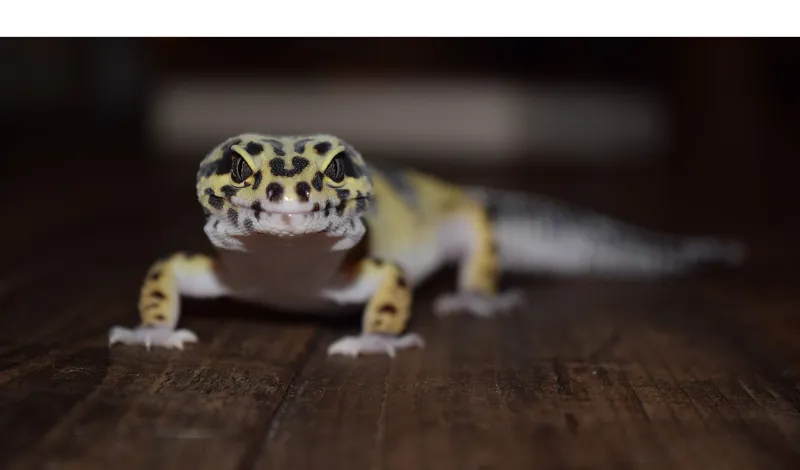
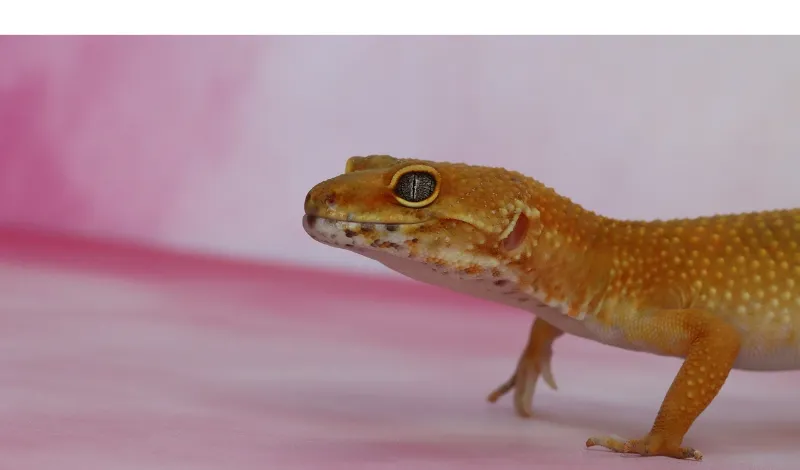
![turn-gecko-lights-off-at-night]](https://www.howtoanimal.com/wp-content/uploads/2023/05/Featured_Image_turn-gecko-lights-off-at-night.webp)
